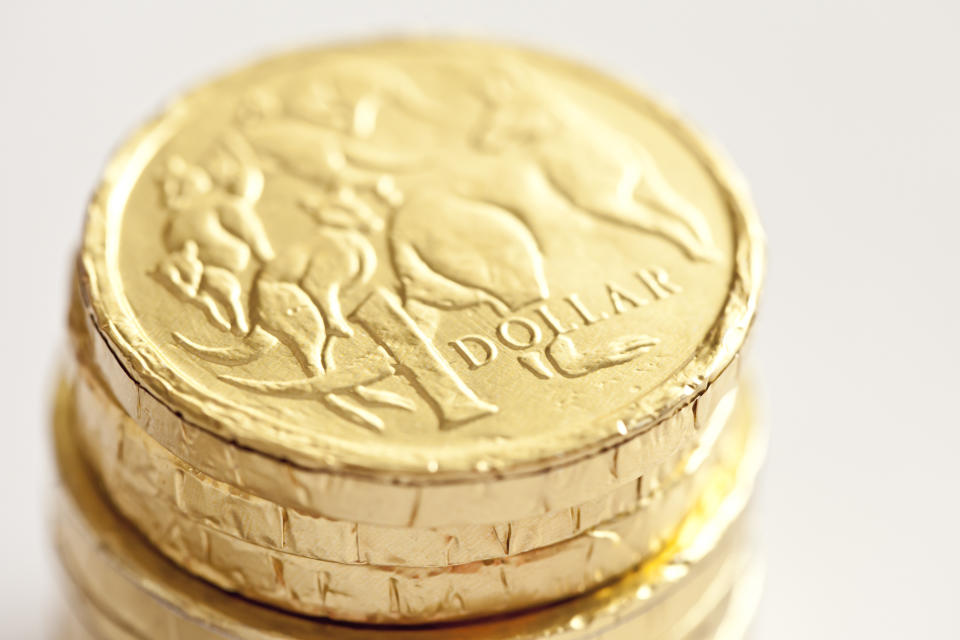Australia’s per capita recession – interest rate cuts to the rescue?

Get set for lower interest rates.
That will be great news if you have a mortgage, terrific if you have a business overdraft and fantastic if you are a soon-to-be first home buyer looking to take advantage of the current lull in the housing market to step into the market.
It will not be good news if you are relying on interest income to enhance your cash flow with terms deposit rates set to fall even further in response to the lowering in official interest rates.
Such is the recent run of economic news that lower interest rates are almost inevitable over the next few months.
Headlining the bad economic news was the fact that GDP per capita fell by 0.1 per cent in the September quarter last year and fell a further 0.2 per cent in the December quarter. This heralded a per capita GDP recession or two consecutive quarters of decline.
Disconcertingly, the per capita GDP recession may not end here given the way the March quarter has kicked off, with flat retail sales, a slump in new building approvals and weakness in various business surveys.
In simple terms, the economy is in need of resuscitation in the form of some policy stimulus to ensure it gets off the floor and can start to grow at a strong and sustained pace.
It has been evident for three years that the Reserve Bank of Australia has missed its inflation target by a wide margin and that there was scope for it to reduce interest rates if other economic conditions deteriorated.
Lower interest rates will see inflation higher and if there is enough stimulus from lower interest rates, the RBA will get inflation back to target.
In addition to the overall weakness in the economy, house prices remain weak, and Australia-wide are now around 10 per cent lower than in the late 2017 peak. The falls are larger than this in Darwin, Perth and Sydney.
As the main financial asset for most Australians, these house price falls are eroding wealth which in turn is feeding into cautious behaviour from consumers. Consumers are scaling back the speed at which they take on debt and savings rates are also trending lower, both of which dampen new spending.
The cautious consumer is showing up in the severe weakness in retail spending. With house prices still falling, the negative threat to consumer spending will remain in place until at least the second half of 2019.
There’s another serious issue unfolding for the economy.
The jobs market is about to weaken.
Until now, the official data on the labour market have been solid. Jobs growth has been firm and the unemployment and underemployment rates have been falling, albeit slowly.
What has been largely overlooked is the ANZ job advertisement series, which has been falling in trend terms for eight straight months.
As a leading indictor on the prospects for jobs growth and the unemployment rate, the weakness in job ads suggests that the unemployment rate will start to rise in the next few months.
Which takes us back to the interest rate outlook.
The futures market is pricing in the official cash rate to fall to 1.0 per cent, from the current 1.5 per cent. This seems a bare minimum given the current performance of the economy and the troublesome outlook for jobs and growth.
It is possible, indeed increasingly likely, that official interest rates will fall below 1.0 per cent in 2019 or 2020, especially if the economy remains sluggish and the unemployment rate edges up.
Make your money work with Yahoo Finance’s daily newsletter. Sign up here and stay on top of the latest money, property and tech news.
Now read: 6 most expensive homes in the world
Now read: Is the Australian economy in trouble?
Now read: 10 common mistakes investor make during a property downturn

 Yahoo Finance
Yahoo Finance 